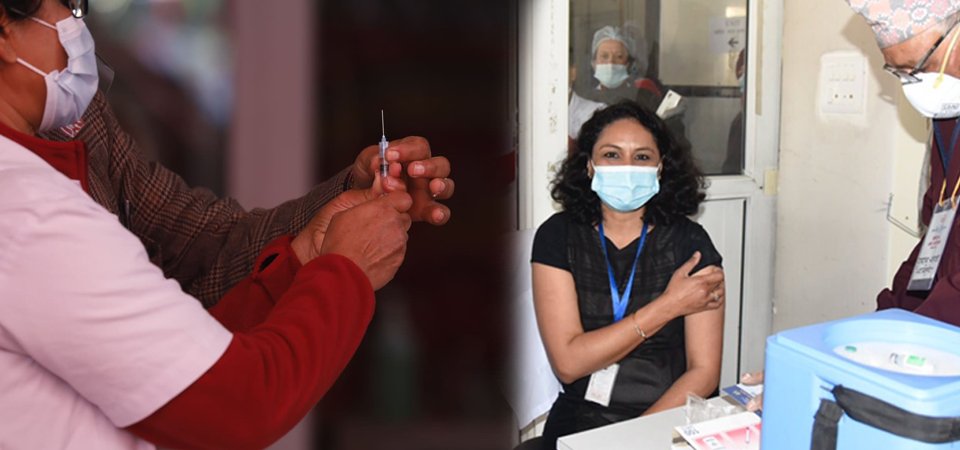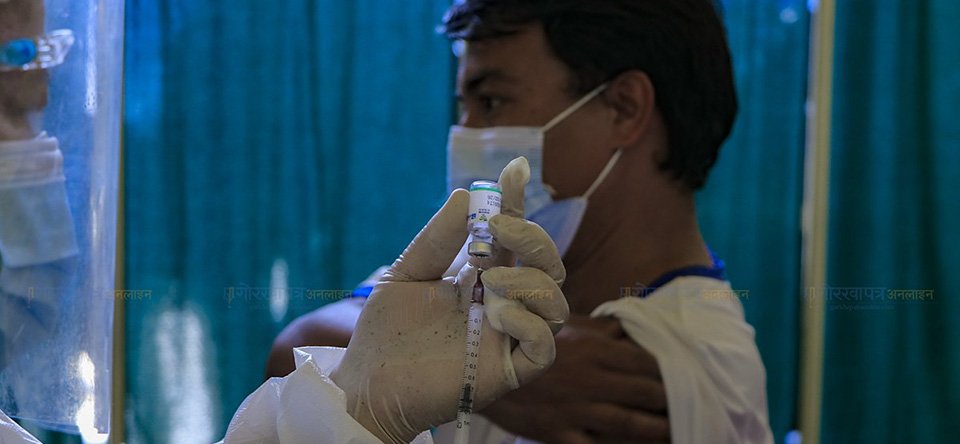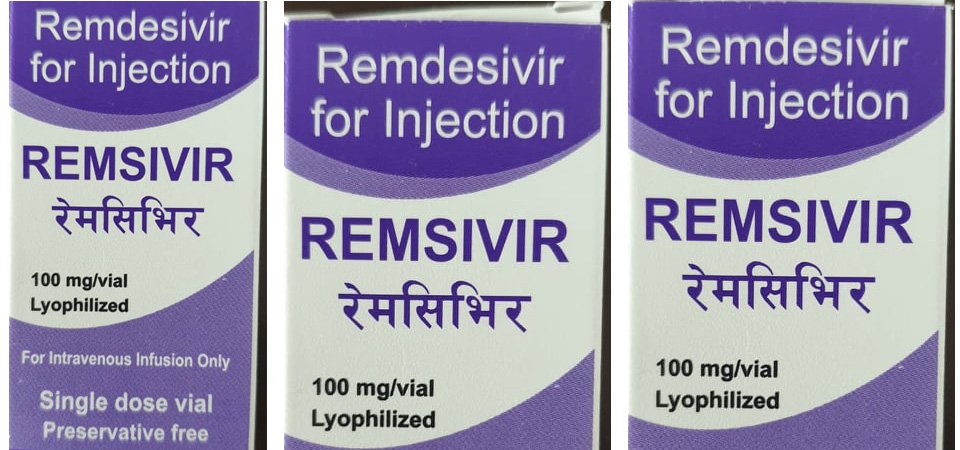Female sterilisation fourfold higher than males

Kathmandu, Nov. 23: It has been observed that the use of sterilisation is fourfold high among women in comparison to men.
According to the data of Family Planning and RH section under Department of Health Services (DoHS), a total of 12,793 females are recorded to be new users of sterilisation in the fiscal year 2077/78 than 3597 recorded new male users of sterilisation.
According to Kabita Aryal, Section Chief at the Family Planning and RH section, a total of 12,793 females are recorded to be new users of sterilisation in the fiscal year 2077/78 than 3597 recorded new male users of sterilisation. This shows that women are using sterilisation fourfold more than males.
Chief Aryal said that both men and women can be sterilised and it is the best way forward for couples that do not want to bear further children. For women, tubal ligation is performed, and, for men, a vasectomy is performed. And, it is a must that both men and women participate equally in sterilisation, however, it has been found that women mostly perform sterilisation, that too without informed decision.
“There have been two major reasons behind it, one is a misconception about sterilisation and another is the prevalent patriarchy in society,” She said, “There is still a scepticism that sterilisation can cause weakness in body and deterioration in sexual appetite, because of which, many men are hesitant to perform a vasectomy.”
“We have found that even after counselling women that the use of sterilisation does not affect physical and sexual appetite. Women themselves come forward and ask to sterilise them so as not to give burden to men thinking that sterilisation will bring negative impact on health. Therefore, patriarchy is the main ground behind high use of sterilization in females than males.” She said.
She added that there is misinformation in men, who are generally the head of the house, about sterilisation. Therefore, they impart the same misconception to females that sterilisation is not good for male, therefore, asks their woman to perform it. And, women simply follow the decision of men and this trend follows in all three belts of the country, however, is majorly observed in the Terai region.
Sterilisation decreases in three years
As per the data of the Family Planning and RH Section under the Department of Health Services (DoHP), the sterilisation cases nationwide in the fiscal year 2075/76 was at 26,000, 2076/77 was at 21,352, and in the fiscal year 2077/78, cases of sterilisation stands at 16,390.
The report reveals among, 16,390 cases of sterilization, 78 per cent are females and 22 per cent are males. While in the Terai region, where sterilisation is highly observed, 99 per cent are females and only one per cent are male.
Chief Aryal said that COVID-19 infection, as well as lockdown, played a major role in reducing sterilisation cases nationwide in the fiscal year 2076/77 and 2077/28. Sterilisation is mainly performed from November to March in the country and is performed free of cost.
Recent News

Do not make expressions casting dout on election: EC
14 Apr, 2022
CM Bhatta says may New Year 2079 BS inspire positive thinking
14 Apr, 2022
Three new cases, 44 recoveries in 24 hours
14 Apr, 2022
689 climbers of 84 teams so far acquire permits for climbing various peaks this spring season
14 Apr, 2022
How the rising cost of living crisis is impacting Nepal
14 Apr, 2022
US military confirms an interstellar meteor collided with Earth
14 Apr, 2022
Valneva Covid vaccine approved for use in UK
14 Apr, 2022
Chair Prachanda highlights need of unity among Maoist, Communist forces
14 Apr, 2022
Ranbir Kapoor and Alia Bhatt: Bollywood toasts star couple on wedding
14 Apr, 2022
President Bhandari confers decorations (Photo Feature)
14 Apr, 2022











